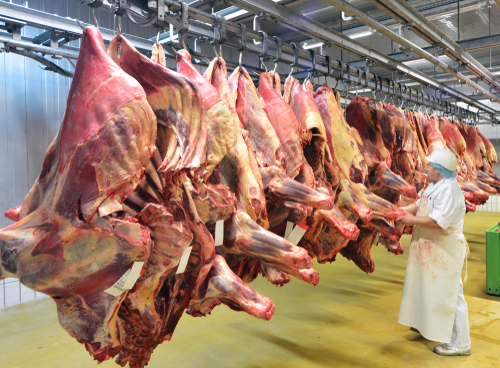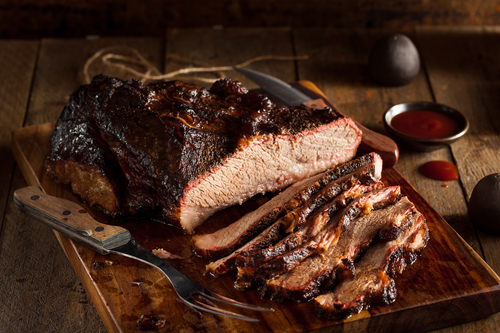Beef is an essential part of most people’s diets. However, if not handled and treated properly, the meat can spoil quickly within a few days. That’s why there are beef processing techniques developed by businesses and manufacturers to prolong the shelf life, improve taste and texture, and enhance the quality of beef and other meat products.
If you want to know more about the business of beef processing and the industry, or if you’re looking to upgrade or expand your existing beef processing company, today’s post is for you.
Beef Processing Could Be A Lucrative Business
The beef processing business idea has the right opportunities to be a lucrative one – if you do and follow the proper measures.
Do Your Research
Knowledge is power. When it comes to venturing into this type of business, it’s essential to learn as much as you can about it. Seek advice from current meat processing business owners, regulatory agencies, farmers, trade groups, and customers.

All this information can give you proper direction on how you need to shape your business.
Do you want a smaller-scale facility adhering to state regulations, only catering to your community? Or do you prefer a more extensive operation following federal guidelines and shipping across the country?
Beef Processing Business Plan
Every business – no matter what type it is – needs a sound plan. You must determine where to source all your supplies, including animals, beef processing equipment, all other tools, packaging equipment, storage equipment, and non-meat ingredients.
The business plan must also indicate your target customers and who your competitions are. To accomplish this step, you must have a clear plan on what your facility or processing plant will look like and what the initial construction costs and future maintenance expenses are.
Business planning for meat processing should be a topic all on its own because of how extensive it is. Please watch for our future posts about proper beef processing business planning.
Facility Design
The design and layout of your facility are integral to the business plan and prospective revenue capabilities of your business.
It will help if you involve the contractors to give you an accurate estimate of construction and maintenance costs. In a future post, we’ll also talk about how to choose and shop for meat processing equipment correctly.
Financing
Once you have put together a sufficient business plan, you can begin with the financing aspect of it. Certain private organizations and public agencies will grant funding, albeit rate.
To finance your business, you may need to depend on private investors or bank financing. Another important thing you can look into is grant programs directed to small meat processors or public loan applications.
Inspections and Permits
It’s imperative that you have an inspector do a comprehensive check and scrutiny of your facility design and plan. Whether you’re planning a state, national, or custom operations, have an inspector go through every aspect of the plant design before moving forward with the build.
Additionally, before the actual construction takes place, you must procure the proper business permits, construction permits, and other associated paperwork that ensure you’re following beef processing rules and regulations.
Other Important Things to Consider
There are several important considerations when starting a meat processing business.
- Type of products you want to offer
- How you plan to procure the products
- Size of the processing plant.
A smaller-scale processing plant generating products within a defined regional area is obviously different from a bigger facility that operates on a much larger scale.
The structure of the facility also varies depending on the supply chain. For instance, some meat processing business owners sell to consumers directly, while others sell to exclusively to restaurants or grocery stores, or under a private label.
Food Safety

As part of the food and beverage industry, safety and cleanliness should be top priorities.
The industry evolves, you, as a business owner, must keep up with the emerging trends in food safety and handling procedures. This is to ensure that you’re delivering consistently high-quality products that pass all rules and regulations from the USDA Food Safety Inspection Service and other governing bodies.
Failure to keep up often results in severe outcomes – not just for your brand but also for the bottom line. While keeping up with emerging and constantly changing regulations can be challenging, you can utilize information and technology to help you.
